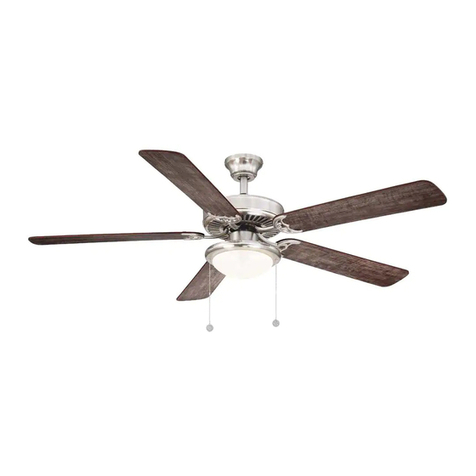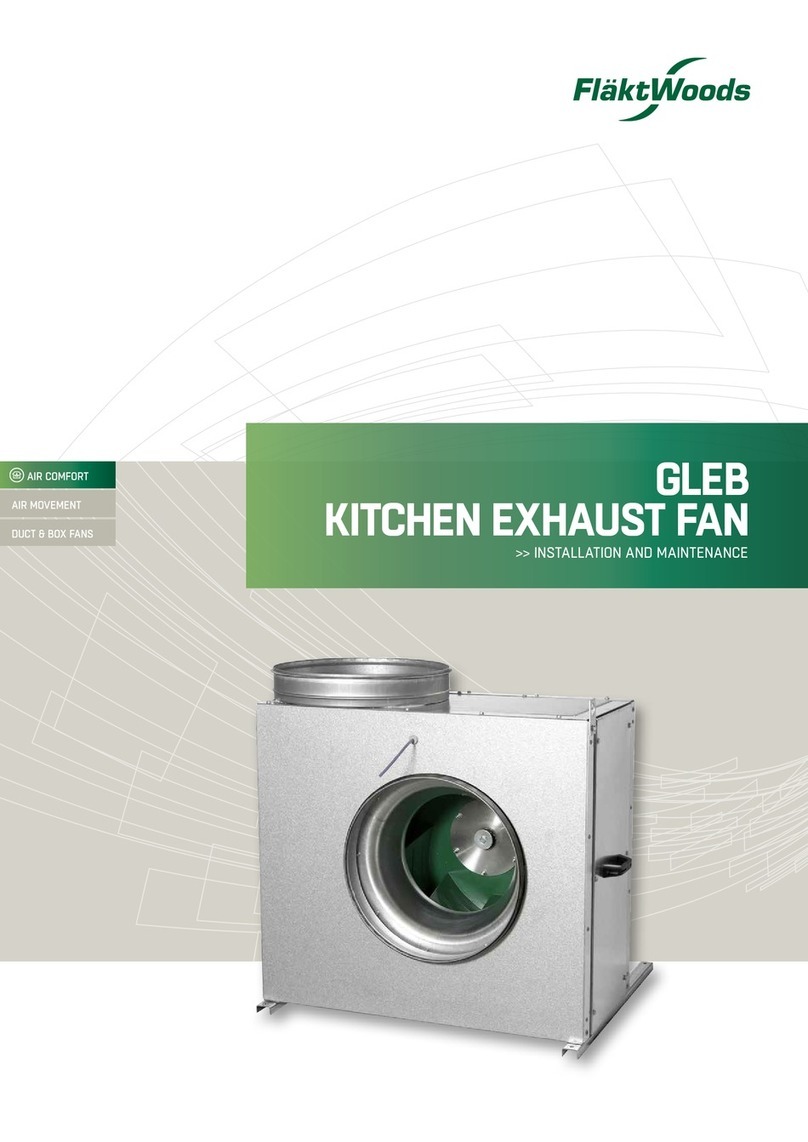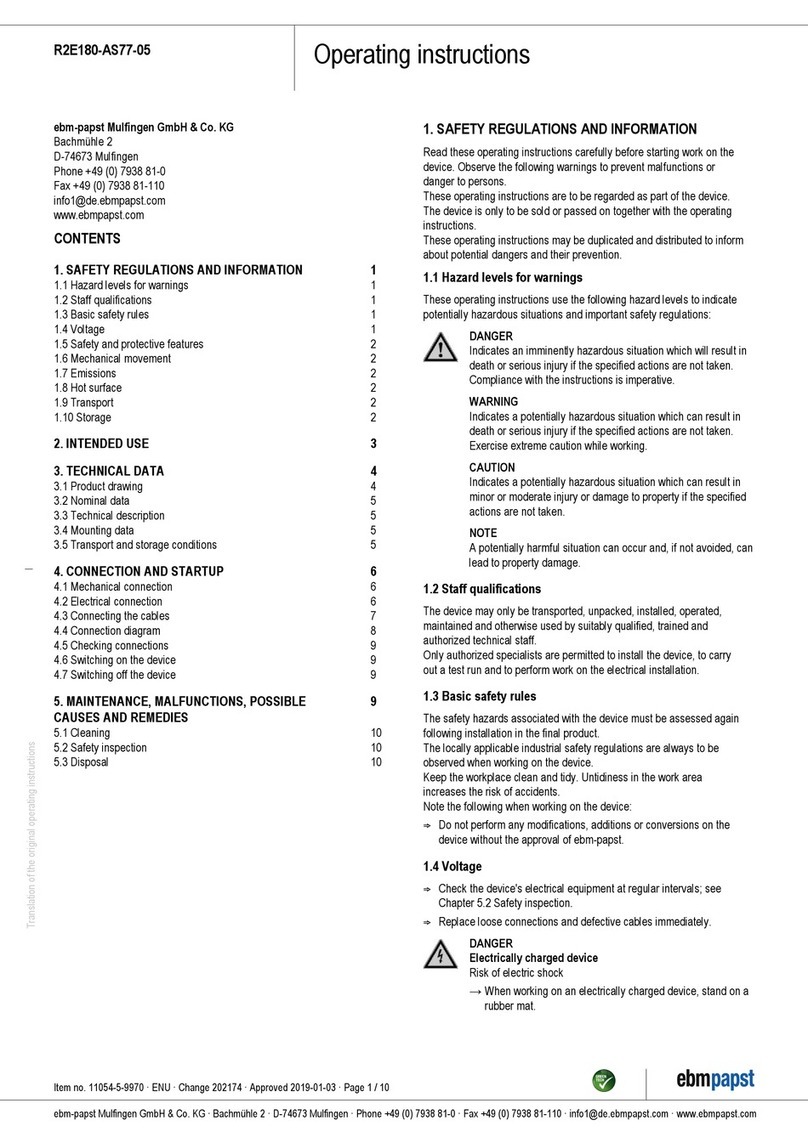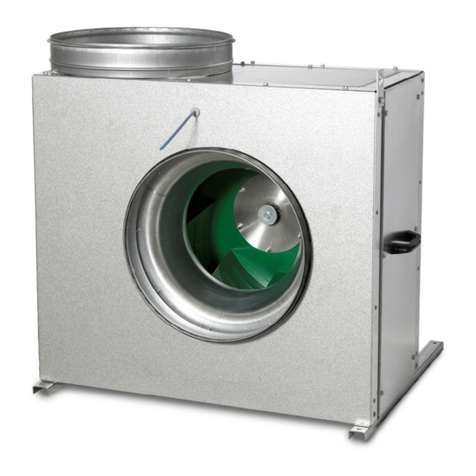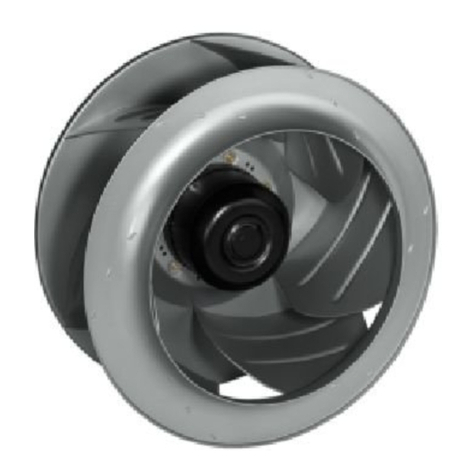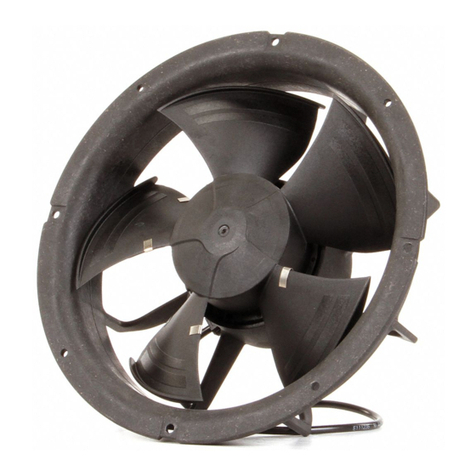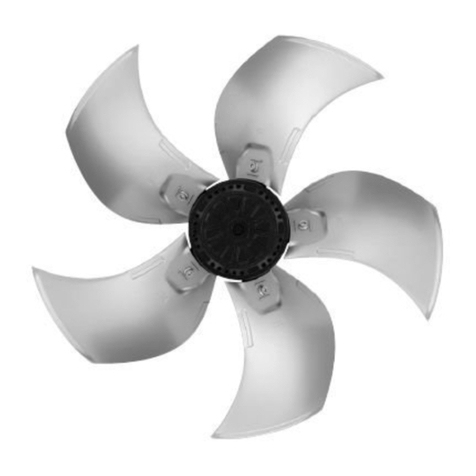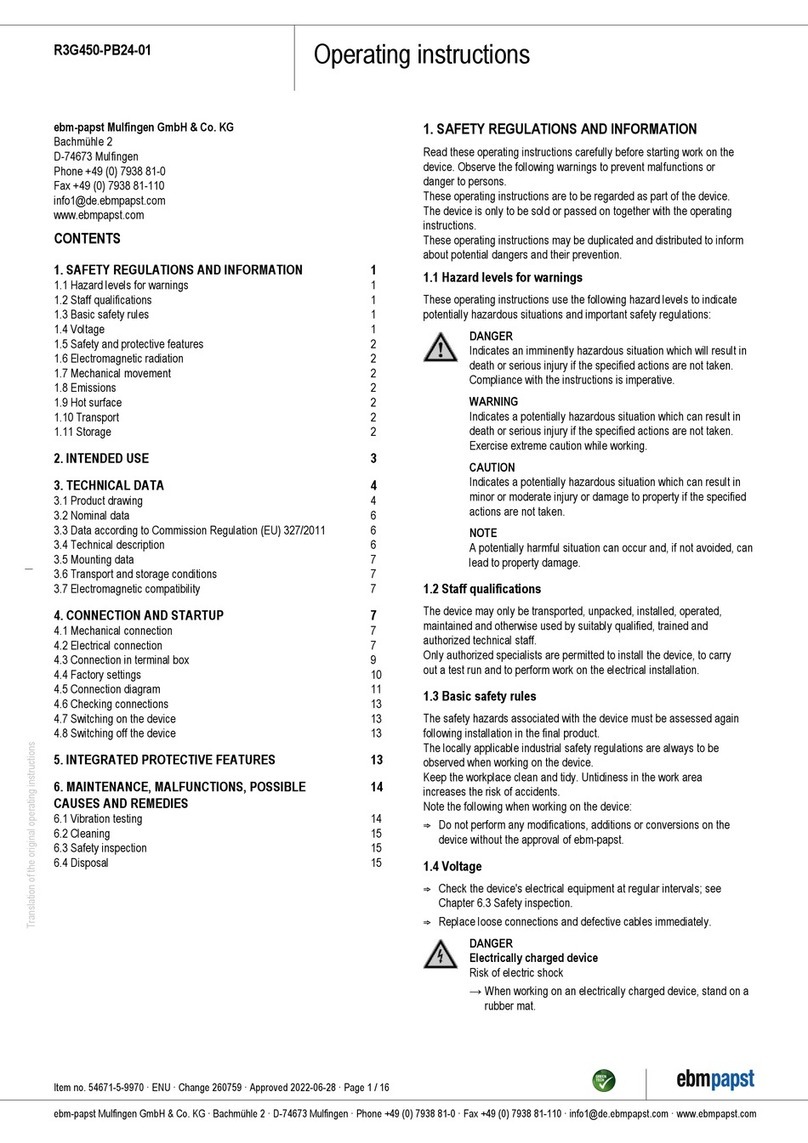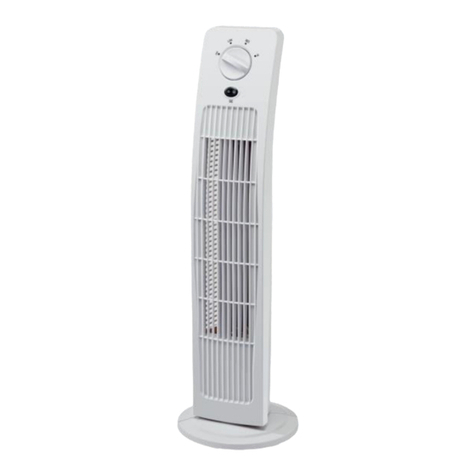
L
L
I. INTRODUCTION TO
ECONAR HEAT PUMPS
ECONAR Energy Systems, Corp. has been producing
geothermal heat pumps in Minnesota for over fifteen
years. The cold winter climate has driven the design of
ECONAR Energy System's heating and cooling
equipment to what is known as a "Cold Climate"
geothermal heat pump. This cold climate technology
focuses on maximizing the energy savings available in
heating dominated regions without sacrificing comfort.
Extremely efficient cooling, dehumidification and
optional domestic hot water heating are also provided in
one neatly packaged system.
This guide discusses ECONAR's line of Hydronic Fan
Coils, which are connected to a hydronic heat pump in
order to circulate heated and chilled water through a heat
exchanger, and then blow air across the heat exchanger in
order to heat or cool a space.
Safety and comfort are both inherent to, and designed into
ECONAR Energy System's geothermal heat pumps.
Since the system runs completely on electrical energy,
your entire home can have the safety ofbeing gas free.
The best engineering and quality control is built into
every ECONAR heat pump built. Proper application and
correct installation will assure excellent performance and
customer satisfaction.
ECONAR's commitment to quality is written on the side
of every heat pump we build. Throughout the building
process the technicians that build each unit sign their
names to the quality assurance label after completing their
inspections. As a final quality test, every unit goes
through a frrll run test where the performance and
operation is verified in both the heating and cooling
modes. No other manufacturer goes as far as to run a full
performance check to assure system quality.
x* IMPORTANT**
Service of this equipment can be hazardous due to 230
volt electrical energy. Only trained or qualified service
personnel should install, repair or service this equipment.
I Warning - Turn off the main switches before
performing service or maintenance to this unit. Electrical
shock can cause personal injury. The installer is
responsible to see that all local electrical, plumbing,
heating and air conditioning codes are followed.
Locate the unit in an indoor area where the ambient
temperature will remain above 45"F. Servicing of the fan
coil is done primarily from the front. Rear access is
desirable and should be provided when possible. A field
installed drain pan is required under the entire unit where
accidental water discharge could damage surrounding
floors, walls or ceilings.
VCAUTION -Do not tip units on their side during
transportation or installation, or severe internal damage
may occur.
The fan coil unit can be mounted either vertically (up
flow) or horizontally. A stand is required under units that
are installed vertically. This is to ensure enough
clearance for the extemal condensate trap (see section V).
Water supply pumps should not be hard plumbed directly
to the unit with copper pipe; this could transfer vibration
from the water pump, causing a resonating sound. Hard
plumbing could also transfer vibration noise from the unit
through the piping to the living space.
Refer to the Installation and Operating Instructions of the
Hydronic heat pump for examples of plumbing diagrams.
e'Note: Keep all doors and screws installed on unit
while moving unit and installing ductwork. This will help
ensure that the unit stays square, allowing for easier
removal of doors after the ductwork is attached.
VCAUTION - Before driving screws into the cabinet,
check on the inside of the unit to be sure the screw will
not hit electrical or water lines.
III. DUCT SYSTEM/BLOWER
For the duct system, metal ductwork should be used.
Flexible connectors are required for discharge and return
air duct connections on a metal duct system. For
acceptable duct sizes, see Table 1.
If the duct system is installed in an uninsulated space, the
metal ductwork should be insulated on the outside to
prevent heat loss and to absorb noise.
If the unit is connected to existing ductwork, this
ductwork must have the capacity to handle the air volume
supplied by the fan coil. Undersized ductwork will cause
noisy operation and poor operating efficiencies due to
lack of airflow.
The Hydronic Fan Coils come standard with a 230 Volt
three-speed blower. For maximum airflow, the blower
should be on high speed. Moving the wire on the fan
terminal strip changes the fan speed.
An optional variable speed ECM blower is available.
This blower changes speeds depending on what the
thermostat is calling for. If the thermostat is calling for
only the FAN to operate, the blower will put out a low
amount of airflow in cubic feet per minute (CFM). This
low CFM output will gently circulate air throughout the
2
II. I]NIT LOCATION/
MOUNTING
L





















